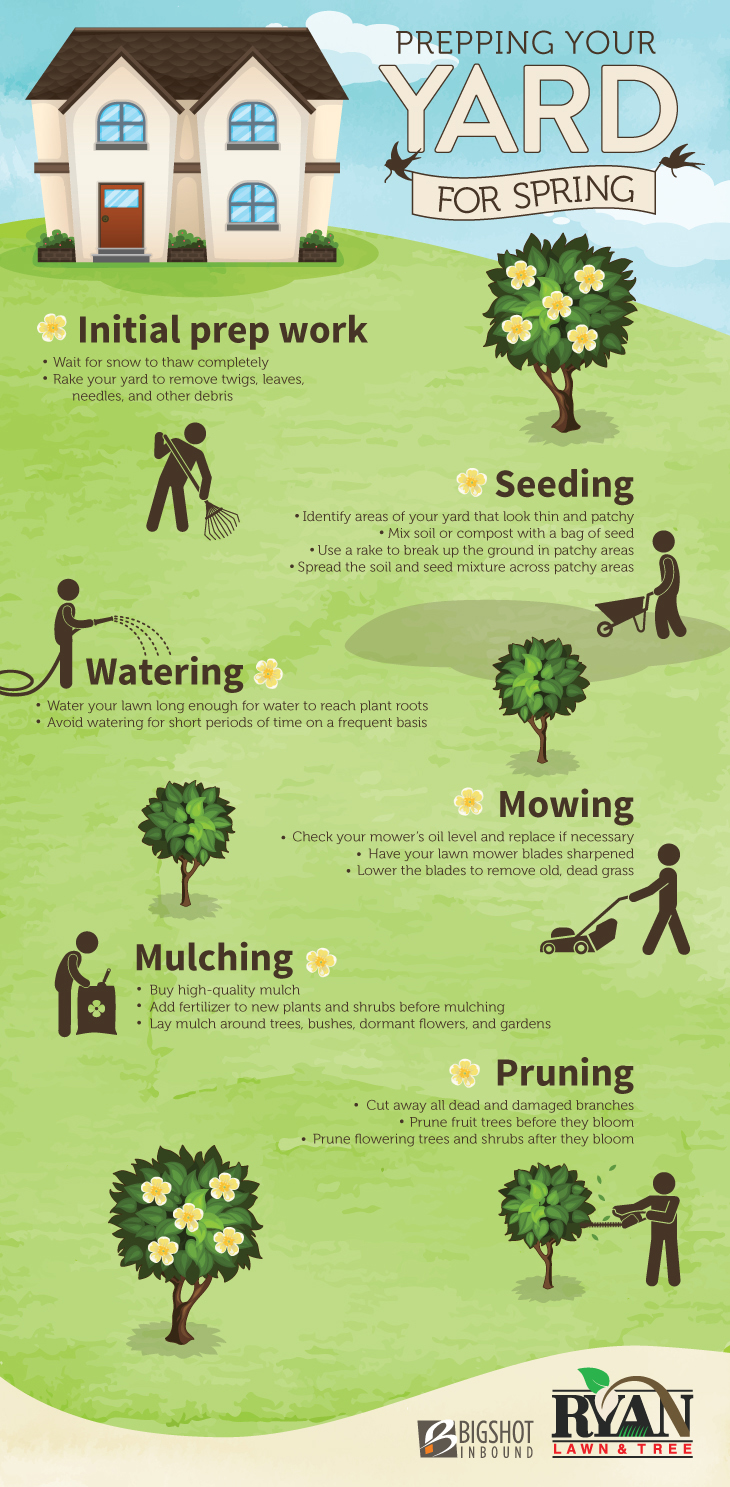Identify Vital Signals That May Recommend Your Tree Is Risky; Understanding These Can Help Make Sure The Safety Of Your Home And Liked Ones.What Should You Observe Following?
Identify Vital Signals That May Recommend Your Tree Is Risky; Understanding These Can Help Make Sure The Safety Of Your Home And Liked Ones.What Should You Observe Following?
Blog Article
Composed By-Harper Hubbard
When it comes to tree care, identifying the indications that it's time for removal is crucial for your safety and residential property. You might discover tarnished fallen leaves, wilting branches, or odd fungal growths suggesting health problems. https://nj1015.com/tree-removal-crane-falls-onto-house-in-hamilton/ , like a significant lean or cracks in the trunk, can likewise present dangers. Comprehending these warning signs can assist you make notified decisions concerning your trees and prevent possible risks hiding in your lawn. What should you try to find following?
Signs of Degeneration and Condition
When you see signs of degeneration and condition in your trees, it's critical to act swiftly. Try to find blemished fallen leaves, wilting branches, or uncommon growths like fungus. These can show that your tree is having a hard time.
If you see splits in the bark or soft, mushy wood, these symptoms suggest inner decay. Additionally, an abrupt rise in pests around your tree can signal that it's weakened and vulnerable.
Look for any dead or dying limbs, as they present a threat to your building and safety. If you doubt concerning what you see, seeking advice from an arborist can supply clearness.
Dealing with these signs early can save you from extra considerable damage and guarantee the wellness of your lawn. Do not wait till it's too late.
Structural Instability and Leaning
As you observe your trees, keep an eye out for any type of indications of architectural instability or leaning. If a tree leans considerably, it might indicate that the origin system is endangered.
Seek any type of splits in the trunk or dirt around the base; these can signify potential failure. Additionally, check for unusual development patterns, like an unbalanced crown, which might recommend that the tree is battling to hold itself upright.
If you discover that the tree leans toward your home, power lines, or various other structures, it poses a higher threat. Do not ignore these signs-- speak with an arborist to evaluate the situation.
Doing something about it early can prevent costly damage and ensure your security.
Dead or Dying Branches and Foliage
If you see dead or passing away branches and vegetation on your tree, it's a clear indicator that something's wrong.
These undesirable areas can show underlying problems like condition, bug invasions, or ecological anxiety. When Brush And Tree Removal shed their fallen leaves or transform brownish, they're no longer contributing to the tree's wellness. Overlooking these signs could result in more decline, making your tree much more unsafe.
Dead branches can easily break off throughout storms, posing a risk to property and individuals nearby. It's essential to analyze the level of the damage.
If the problem influences a substantial part of the tree, take into consideration seeking advice from a specialist. They can help establish if removal is necessary to make sure safety and keep the charm of your landscape.
Verdict
If you notice any kind of indicators of degeneration, structural instability, or dead branches on your trees, don't overlook them. These indications can present significant safety risks to you and your property. It's constantly best to consult a specialist arborist that can give an expert evaluation of your trees. Acting early can prevent crashes and pricey damages, ensuring your landscape remains secure and healthy and balanced. Tree And Brush Removal Cost in mind, it's far better to be aggressive regarding tree treatment than to await a disaster to take place.
